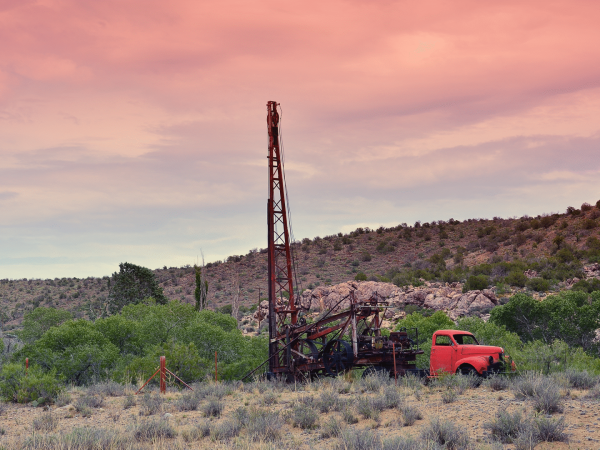
Arizona’s Hualapai Valley now a ‘de facto transfer basin’ for out-of-state investors and corporate farms
“The people who are doing the farming are rational people who are thinking through their economic futures,” Porter said. “I think there are plenty of farmers in the state of Arizona who simply don’t think (more) groundwater regulation is going to be better for them.”

Arizona leaders ask feds to step in on Colorado River talks
What they're saying: Arizona officials framing state water as a national interest was "well played," Sarah Porter, director of the Kyl Center for Water Policy at ASU's Morrison Institute for Public Policy, told Axios.
The letter shows Arizona's willingness to move beyond a negotiated settlement and seek unilateral action by the Interior Department, she said.
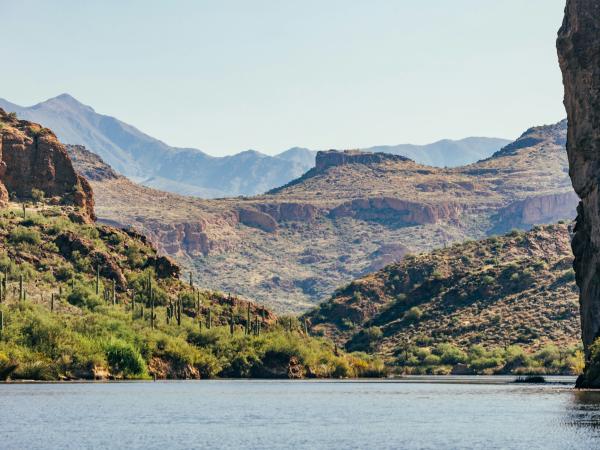
Hobbs urges feds to protect Colorado River users as states struggle to finish water plan
Still, the lack of a deal or hints at any coming soon suggests that the federal government may have to act on its own. If so, Arizona State University water policy expert Sarah Porter said, “I think there’s a good likelihood that there won’t be an agreement and that the states will wind up in court.” Porter directs ASU’s Kyl Center for Water Policy.
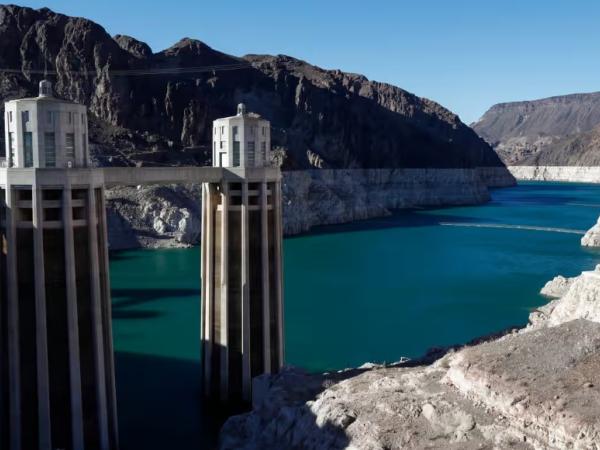
Colorado River talks stall as Utah, other states miss key deadline
"The difference between the two basins interpretation of those parts of the Colorado [River] Compact is the reason why there's a disagreement over how much the Upper Basin should sign up for in terms of leaving more water in the system," Sarah Porter, director of the Kyl Center for Water Policy at Arizona State University, told The Tribune last week.
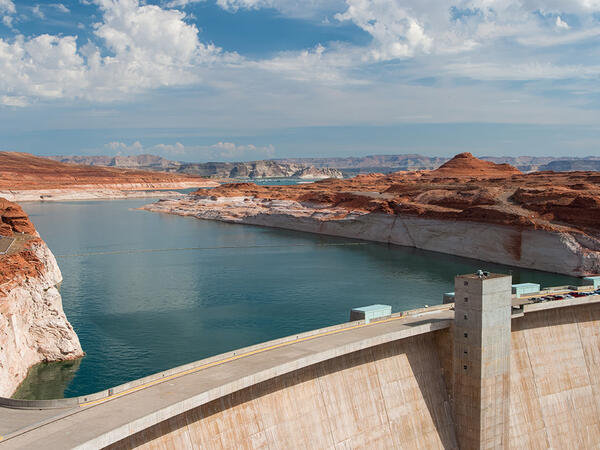
ASU organizations seek solutions to Colorado River shortages
Cynthia Campbell, the director of policy innovation for ASU's Arizona Water Innovation Initiative, said "there is no plan" prepared to replace the prior agreement. For about three years, states have been negotiating with no progress.
"The seven states cannot agree on how to divide up a smaller river, and how to deal with shortage and how to adjust or adapt operating conditions for that shortage," Campbell said.
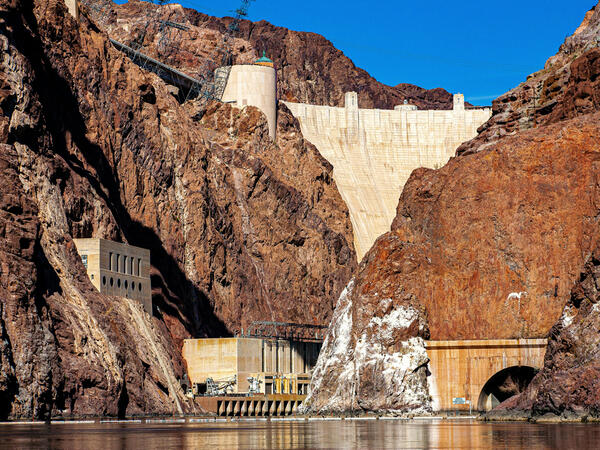
States That Rely on the Colorado River Miss Deadline to Agree on Cuts
That could add further urgency to the talks, said Sarah Porter, director of the Kyl Center for Water Policy at Arizona State University.
“How much snow you get in a winter can change how motivated people are to make certain deals,” Ms. Porter said.

Can Arizona Maintain Its Drought Response as Water and Money Dry Up?
“We have to come to terms with the fact that we just don’t have the water that we used to have,” said Jay Famiglietti, science director for Arizona State University’s Arizona Water Innovation Initiative. “We have a growing population. We need to grow more food. We still want to pursue economic growth. We just can’t do everything anymore, and so there will have to be painful decisions that are made.”

Feds press states to OK terms for Colorado River
The states have been positioning themselves to argue in court, said Sarah Porter, director of Arizona State University's Kyl Center for Water Policy.
"The negotiators, I think, have tried really, really hard, and sometimes it may just not be possible to come to an agreement," Porter said.
There still may be room to reach a consensus, she said, but if they fail, "we are very, very likely to be in a situation where the states are in court."

Without a deal on the Colorado River, deeper cuts loom. How 9 Arizona cities will respond
And if the price is right, even the most outlandish projects can start to seem more reasonable, experts say. Kathryn Sorensen, director of research at the Kyl Center for Water Policy at Arizona State University, pointed out at the Boulder conference that data centers backed by deep-pocketed tech companies and large tech manufacturers are part of Arizona’s busy market for new water rights.

The water war Trump hasn’t blown up
“It is literally like, if you could imagine all the worst possible conditions coming together all at once, that’s exactly what’s happening on the Colorado River,” said Kathryn Sorensen, who led Phoenix’s water department for years and is now with the Kyl Center for Water Policy at Arizona State University.